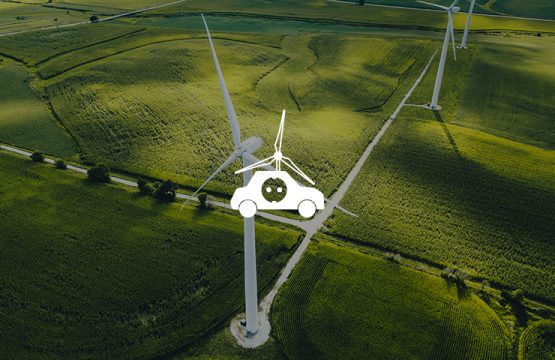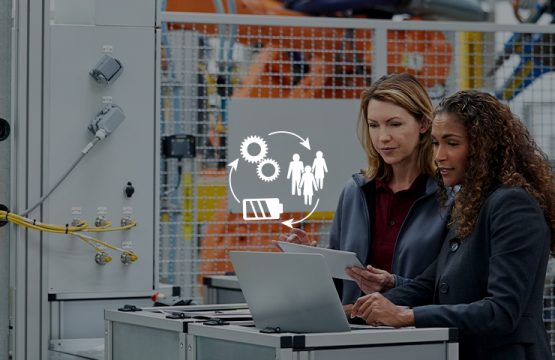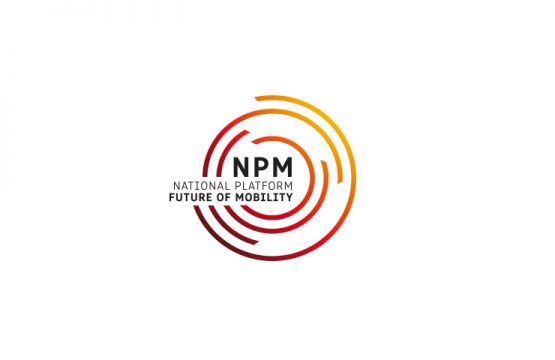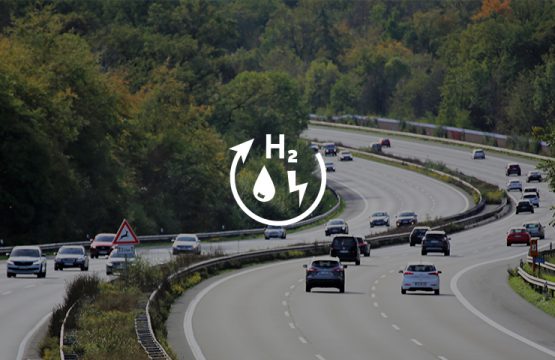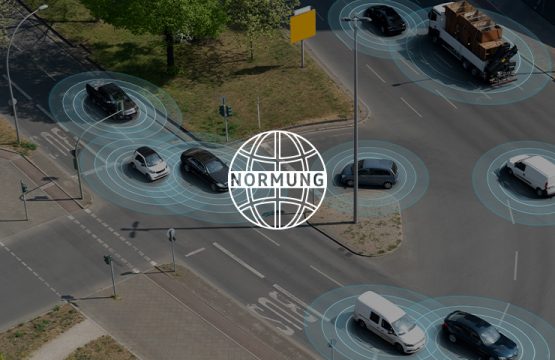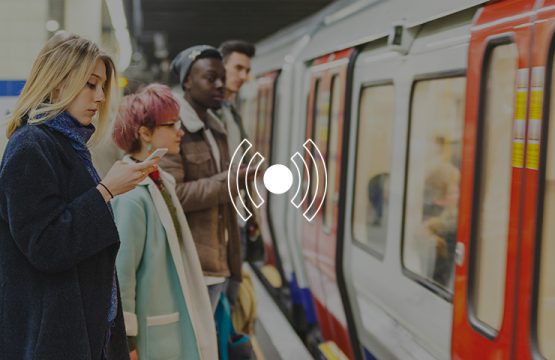- The transformation of the mobility system offers ecologically, economically and socially sustainable prospects for the future.
- Technological conditions such as standardisation are called for in order for these prospects to be translated into products and services that are fit for market.
- Standards and norms ensure quality, safety and user-friendliness and protect investment.
- The relevant White Paper produced by Working Group WG 6 of the National Platform Future of Mobility (NPM) is out now.
Emissions from transport can be reduced by using sustainable sources of energy. New forms of mobility enable new business models. Living spaces in cities and rural areas can be reshaped thanks to a reduction and optimisation in traffic, and the active role of older citizens can be improved. None of this can happen without a technical framework. One of the working groups of the NPM is dedicated to the necessary recommendations regarding standards and norms which enable innovation and improvements in the area of mobility.
“Whenever there is progress and technological development, it is crucial for new products and services to be of high quality, safe and functional. The foundation for this are standards and norms defined across sectors as well as recognised processes for certification and type approval”, explains Roland Bent, chairman of the German Commission for Electrical, Electronic & Information Technologies of DIN and VDE (DKE – Deutsche Kommission Elektrotechnik Elektronik Informationstechnik in DIN und VDE) and head of WG 6 of the NPM. “With the involvement of all working groups of the NPM, we name in the White Paper the central challenges across the different facets of the future of mobility,” continues Bent.
During the work on the White Paper, the following six strategic topic areas for the future of mobility were defined and described from a standardisation, certification and type approval perspective, including relevant areas for action.
- Trends in mobility: existing and new mobility concepts as well as automated and connected driving to be combined into one integrated system.
- Drive energy: requirement of a comprehensive and demand-oriented infrastructure for drive energies of the future.
- Electricity network: The market launch and subsequent mass market of electromobility to be integrated successfully into the electricity network of the future.
- Interconnection: intermodal, automated and connected mobility needs secure interfaces and open cooperation platforms.
- Data: The future of mobility is based on data. The collection, use, processing and protection of data to be organised.
- Life cycle: sustainability of future mobility solutions to be considered and assessed over the entire life cycle.
Based on these topic areas, WG 6 aims at issuing important recommendations for action that are harmonised across all sectors concerned by 2021, using focus roadmaps. These recommendations are the German standardisation strategy for the future of mobility.
The White Paper of WG 6 is now available to download on the NPM website www.plattform-zukunft-mobilitaet.de (in German).
About NPM – National Platform Future of Mobility
The National Platform Future of Mobility brings together experts in the fields of politics, the private sector, associations, research institutes and NGOs to develop visions for sustainable, environment- and climate-friendly, affordable and competitive mobility in Germany. Presided by Prof. Dr. Henning Kagermann, six working groups develop intermodal guidance to politicians, businesses and society in a technologically neutral way.
Contact:
Alexandra Huß
Special Advisor on Communications
Office of the Chairman, National Platform Future of Mobility
huss@acatech.de
+49 (0)30 / 206 30 96 86
+49 (0)160 / 714 93 25

